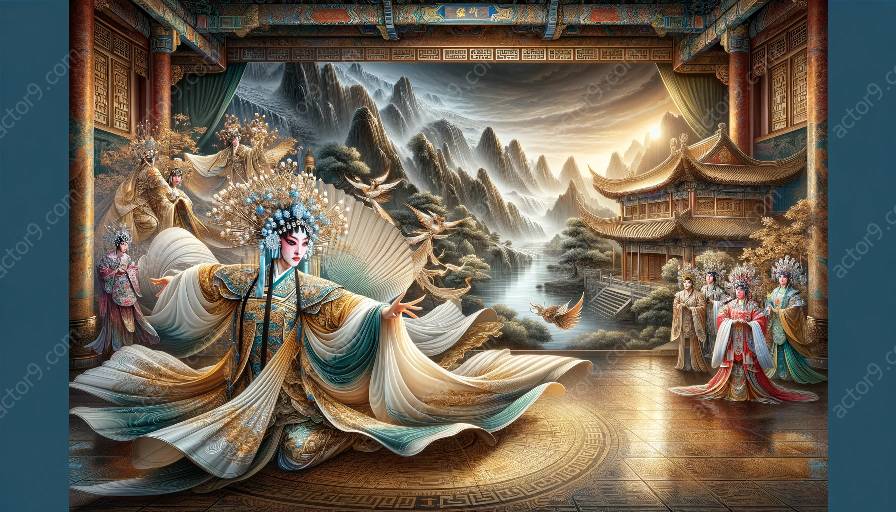Peking Opera, with its vibrant costumes, stylized movements, and eloquent singing, has been an integral part of Chinese cultural heritage for centuries. It has long been celebrated for its mesmerizing performances and rich storytelling traditions.
With the global push for diversity and cultural exchange, Peking Opera has become a fascinating subject of international outreach, capturing the interest of art enthusiasts, historians, and performers across the world. This has led to a deepening cross-cultural understanding and an exchange of artistic techniques, creating a powerful platform for fostering global harmony and appreciation for the arts.
The Techniques of Peking Opera
At the core of Peking Opera are its mesmerizing techniques, which encompass a variety of art forms, including singing, acting, martial arts, and acrobatics. Each of these disciplines requires years of rigorous training and adherence to traditional stylistic norms.
The singing technique in Peking Opera is characterized by its unique vocal style, featuring a melodic and rhythmic pattern that underlines the emotional depth of the characters and their interactions. Similarly, the acting techniques involve a precise combination of gestures, postures, and facial expressions, conveying the complexities of human emotions and narrative themes.
The remarkable acrobatic moves in Peking Opera are executed with grace and precision, showcasing the performers' physical agility and strength. Additionally, the martial arts techniques, often integrated into Peking Opera performances, contribute to the dynamic and visually stunning choreography.
Acting Techniques
The acting techniques in Peking Opera are deeply intertwined with its cultural significance. Performers delve into the historical and mythical narratives, embodying characters that reflect the ethos and values of Chinese heritage. The emotive range and intricacy of the acting techniques elevate the storytelling to unparalleled heights, captivating audiences with nuances of expression and portrayal.
International Outreach
Internationally, Peking Opera has thrived as a result of dedicated efforts to promote cultural exchange. Through tours, workshops, and collaborations with international artists, Peking Opera troupes have engaged in cross-cultural interactions, fostering a profound appreciation for this traditional art form.
Furthermore, the fusion of Peking Opera techniques with acting techniques from diverse cultural backgrounds has created innovative performances that resonate with global audiences. This dynamic exchange has not only expanded the artistic horizons of Peking Opera but has also facilitated a greater understanding and respect for Chinese cultural traditions worldwide.
Cultural Exchange
The cultural exchange facilitated by Peking Opera transcends geographical boundaries and language barriers, connecting people through the universal language of art. The immersive experience of witnessing the artistry of Peking Opera, coupled with workshops and interactive sessions, allows for a deep understanding of the historical, cultural, and artistic significance of this traditional Chinese art form.
As a result, enthusiasts and performers from diverse cultural backgrounds have found common ground in the beauty and complexity of Peking Opera, leading to meaningful collaborations and a shared celebration of the performing arts.
Conclusion
The international outreach and cultural exchange in Peking Opera have undoubtedly woven a rich tapestry of connections, uniting communities and individuals in the celebration of artistic expression. Through the convergence of Peking Opera techniques and acting techniques from around the world, a harmonious synergy has emerged, enriching the global cultural landscape with the timeless allure of this esteemed art form.













































